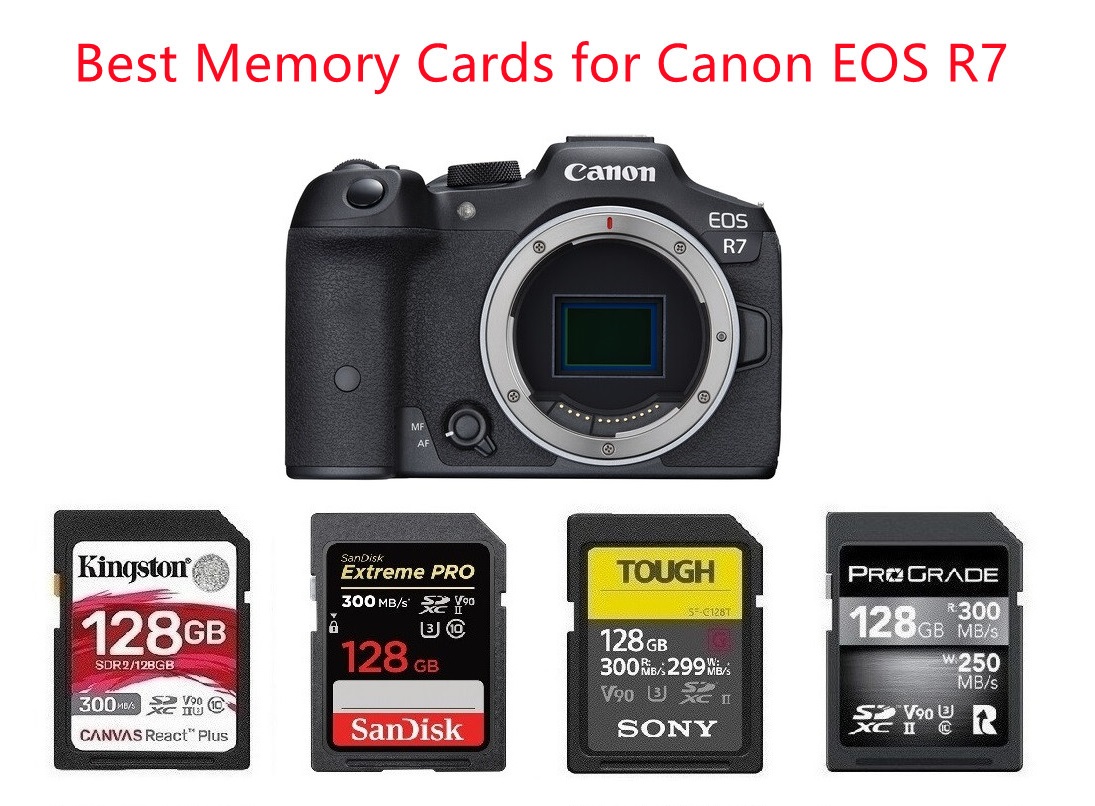Pro Member
- Followers
- 0
- Following
- 0
- Joined
- Nov 30, 2023
- Posts
- 18
- Likes Received
- 10
- Name
- Jeff
- City/State
- Delaware
- CC Welcome
- Yes
What size SD cards are you using for your R7? I‘ve moved from the Canon DSLR CF cards, and I’m debating on what size SD cards to get. Previously, I’ve always preferred to have more, smaller cards so I didn’t have all my eggs in one basket, so to speak. However, I didn’t really shoot any video, which I plan on doing more of with my R7. I will probably shoot mostly short clips, but I could see there may be some instances where I would want to shoot some longer footage of wildlife, depending on what they are doing. By longer, probably no more than 5-10 minutes at a time. Also, the R7 has a much higher MP sensor than they old cameras so I’m not sure how much space RAW photos will take.

